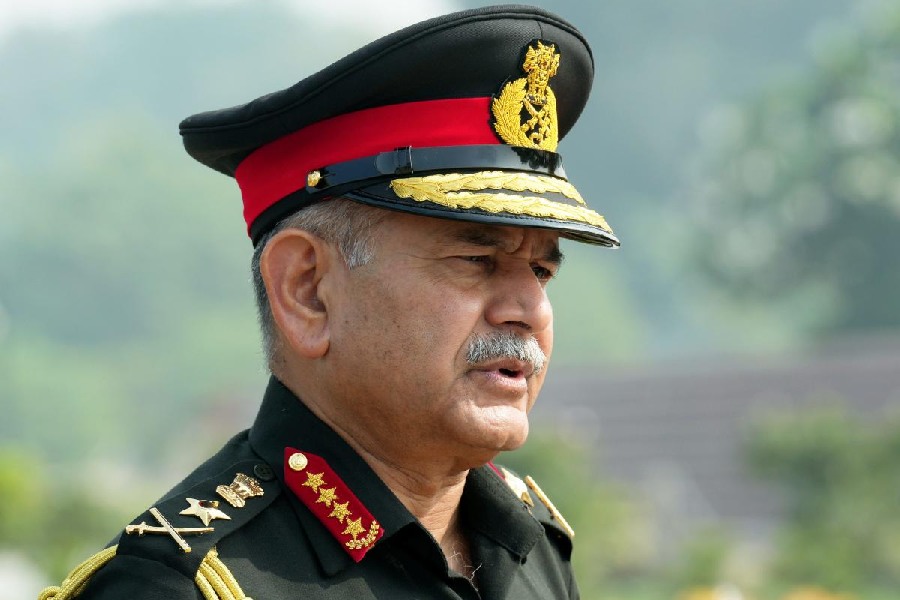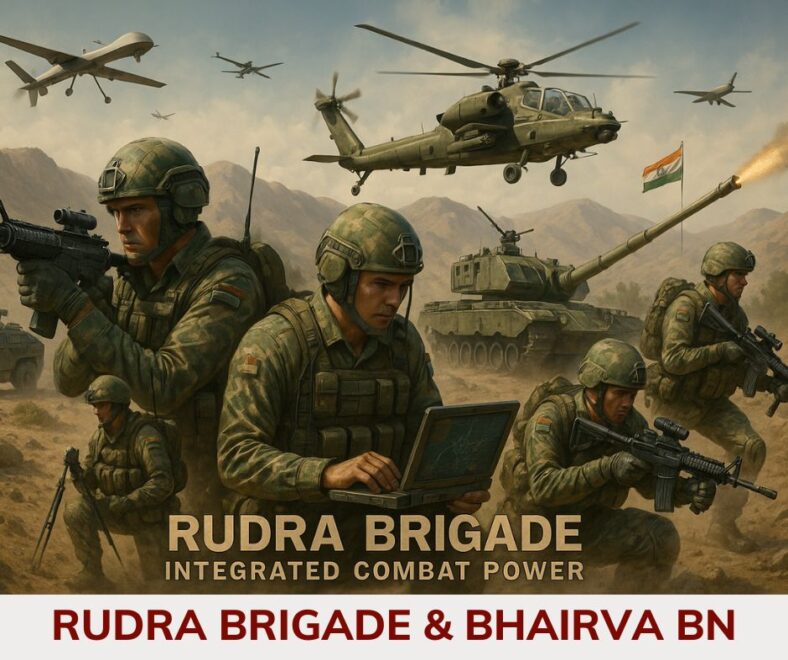India’s Military Modernisation for an Unpredictable World
India is quietly, methodically transforming into a formidable military power — not to redraw maps or threaten neighbours, but to defend itself in a world that’s becoming increasingly uncertain and hostile. The new age of fast-moving geopolitics, shifting alliances, and proxy conflicts demands readiness, resilience, and rapid response. India’s answer: a smarter, integrated, and self-reliant military force.
The recent unveiling of the Indian Army’s Rudra all-arms brigades and Bhairav light commando battalions marks a decisive shift in India’s defence doctrine. These formations are designed for speed, precision, and coordination — the kind of agility needed when the line between peace and conflict can blur overnight.
“Rudra, all of the brigade, is being established for which I approved yesterday,” Army Chief General Upendra Dwivedi said recently. “It will have infantry, mechanised infantry, armoured units, artillery, special forces, and unmanned aerial units at one place to provide logistics and combat support.”

These “Rudra” brigades bring together every arm of warfare — tanks, artillery, drones, special forces — under one integrated command. They represent the Army’s “future-ready force” model, where battles are not fought in silos but through synergy. The “Bhairav” commando battalions, lean and lethal, are crafted for shock impact — elite units capable of responding instantly to incursions or border provocations.
Importantly, this restructuring does not rely on expanding troop numbers but on converting and integrating existing brigades into all-arms formations. The focus is quality over quantity, mobility over mass — a shift from static defence to dynamic deterrence.
This evolution comes at a time of mounting strategic complexity. China’s Belt and Road Initiative cuts through volatile regions like Pakistan-occupied Kashmir and Balochistan, deepening Beijing’s stakes in India’s immediate neighbourhood. Pakistan’s instability and Bangladesh’s political uncertainty only compound the security calculus. Add to this the re-emergence of Taliban-controlled Afghanistan and the United States’ unpredictable postures in the region, and India’s need for preparedness becomes self-evident.

The broader geopolitical landscape is no less challenging. The Russia-China nexus, tariff wars with the U.S., and renewed great-power rivalries have fractured global stability. While New Delhi continues to pursue strategic autonomy, it must do so from a position of strength — knowing well that today’s friend can be tomorrow’s fence-sitter.
This is why India is also accelerating its domestic defence production — from long-range precision missiles to indigenous air-defence systems and AI-enabled “iron dome” technologies. The Defence Research and Development Organisation (DRDO) and private industry are increasingly aligned under the Atmanirbhar Bharat initiative to ensure India’s forces are equipped, supplied, and innovating without dependency.
Projects like Kusha, India’s indigenous multi-layered air defence network, and the continued export success of systems like BrahMos, underscore this quiet confidence. They show a country that is no longer content being a market for others’ weapons but a manufacturer of its own — and increasingly, an exporter to others.
India’s military build-up, therefore, is not expansionist; it is existential. The aim is to deter aggression, not initiate it. The ambition is to maintain peace through preparedness — because deterrence, in the modern world, is the surest path to peace.
Under Prime Minister Narendra Modi, India’s defence policy has shed hesitation and embraced pragmatism: prepare for the worst, hope for the best, and rely on no one else for survival. Rudra and Bhairav embody that doctrine — bold in design, defensive in intent, and futuristic in vision.
If history has taught anything, it’s that peace endures only when strength stands guard. India’s military modernisation reflects that timeless truth — fortifying peace, not waging war.






